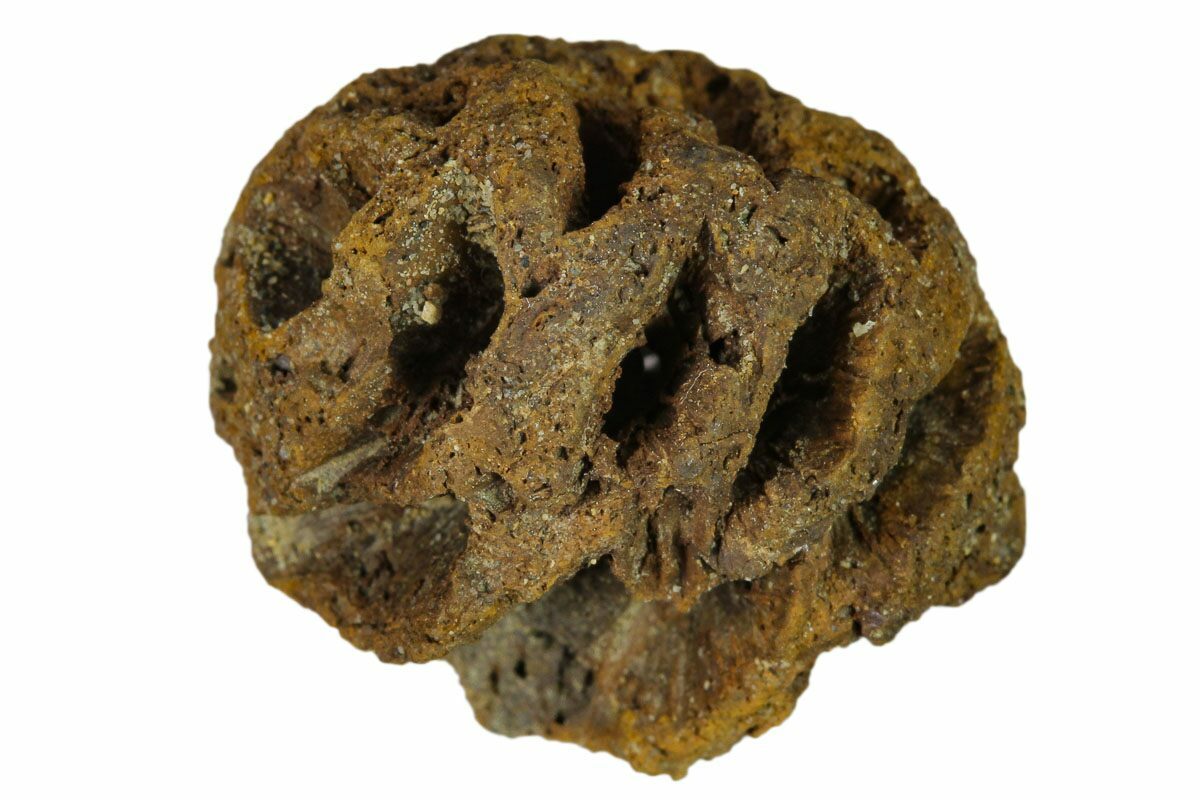

Scientists (and museumgoers) usually encounter two types of plant fossils: either imprints or compressions.

With Metasequoia, which boasts a long fossil record, the implications of this research are especially pronounced given that we can test hypotheses at the molecular level across an enormous timescale. Recent innovations with laboratory instruments, however, have made it possible for researchers, including ourselves, to extract valuable molecular information from so-called rocks.

Traditional paleobotanical studies are comparative-drawing links between the anatomy of fossils and their living relatives-while molecular analyses of isotopes and biomolecules (such as lipids, carbohydrates, and lignin) are usually reserved for modern samples of freshly harvested material. Yet the rare discovery of fossils containing exquisitely preserved organic tissues and biomolecules, coupled with new molecular research techniques, has revealed just that. When botanists first learned about the living population more than seventy years ago, no one could have imagined that those plants would provide crucial clues for understanding more than one hundred million years of historic climate change-not to mention changes to come. glyptostroboides, is known as the dawn redwood and is now restricted to a small population in south-central China, around forty-two hundred miles (sixty-eight hundred kilometers) south of this historic distribution. The single remaining species of this genus, M. Fossil records reveal that an extensive forest flourished throughout the early Cenozoic, when the canopy was predominated by Metasequoia and other deciduous conifers. Around forty-five million years ago, the Arctic was ice free, scarcely the expanse of lichen-encrusted rock and glaciers that we see there today.


 0 kommentar(er)
0 kommentar(er)
